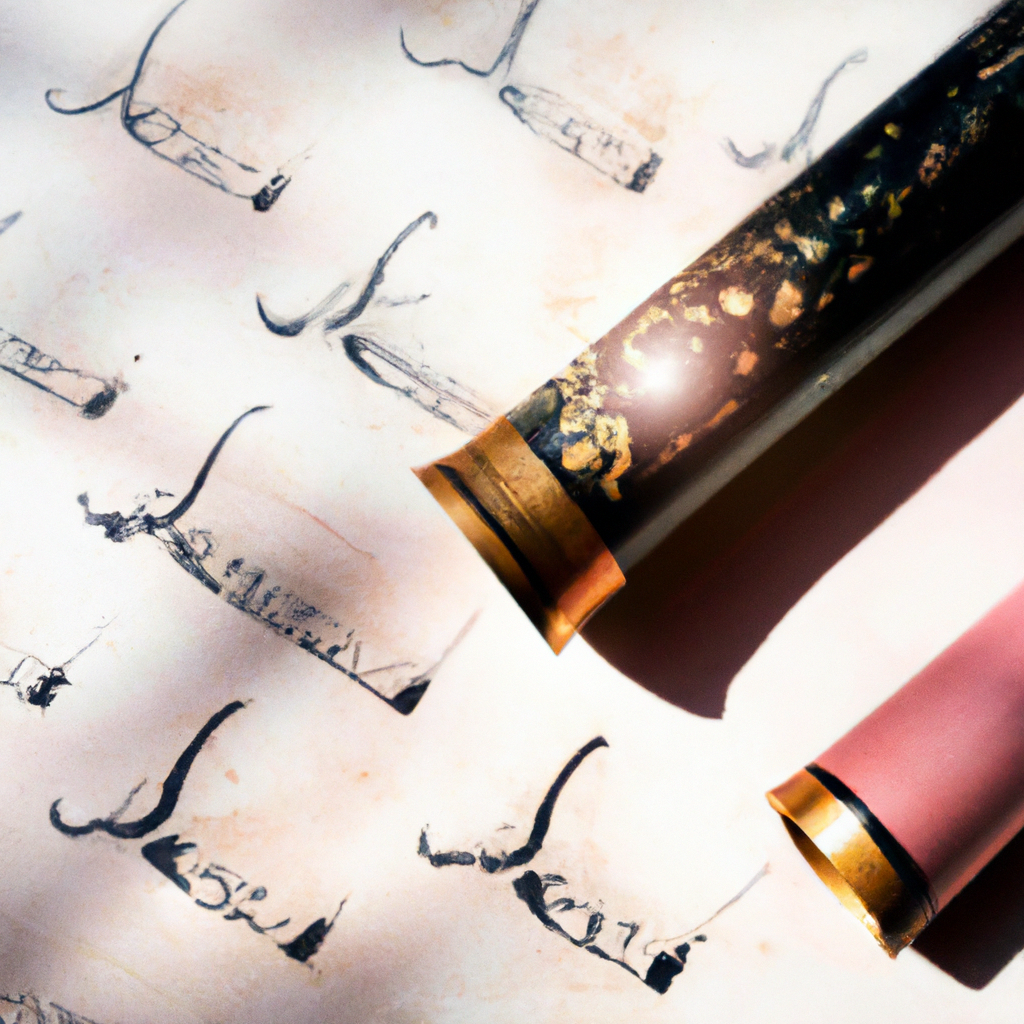In an event that unites the disparate worlds of art, history, and crime, a narrative befitting a dark academic thriller has unfolded. The arrest of a former Vatican staffer for the alleged sale of a missing Bernini manuscript has sent shockwaves through international art circles and cultural institutions.
Scheduled appointments and hushed conversations beneath the grand archways of the Vatican were disrupted when news emerged that a previously trusted individual was apprehended in an elaborately designed police sting. This Bernini manuscript, a coveted piece of the baroque puzzle, represents not only a significant cultural treasure but also a whisper from the past, penned by the illustrious Gian Lorenzo Bernini himself, a titan of artistic endeavor in 17th century Italy.
Precarious Provenance and Elusive Echoes
The manuscript, long considered lost to the tendrils of time, reemerged under circumstances that are as intricate as they are illicit. Its sudden appearance in the clandestine corners of the art market prompted a swift and secretive operation by authorities aiming to preserve a piece of heritage that transcends generations and geographical boundaries.
A Symphony of Shadows
The Vatican, a venerable epicenter of religious and cultural gravitas, finds itself at the heart of this scandal. The purloined pages, often thought to contain sketches and personal notes by Bernini, offer a window into the mind of the master sculptor whose works continue to reverberate with divine resonance throughout the chapels and piazzas of Rome.
With a plot thickened by layers of deceit, the riveting details of the police sting read like a screenplay. Undercover agents, posing as buyers, engaged in a delicate dance of negotiation with the suspect—a shadow once cloaked in the sanctity of the Vatican's halls.
Reverberations Through the Halls of Art and Heritage
The apprehension and ensuing investigation have prompted a reflective examination among communities devoted to the preservation of cultural assets. These revelations pose poignant questions about security, trust, and the vulnerabilities inherent in the spaces that house our global heritage.
This incident, while isolated, serves as a stark reminder of the fragility and pricelessness of antiquity. It compels us to consider the manifold responsibilities bestowed upon those who are tasked with the custodianship of such irreplaceable treasures.
As the legal tendrils untwine and the former Vatican staffer faces the consequences of eroding the trust placed in them, the art world watches keenly. The implications of this case will resonate, influencing policies and procedures intended to safeguard the legacies of our collective past. The dialogue it stimulates amongst scholars, enthusiasts, and custodians speaks to a shared endeavor in the perpetual stewardship and celebration of mankind’s cultural expressions.

